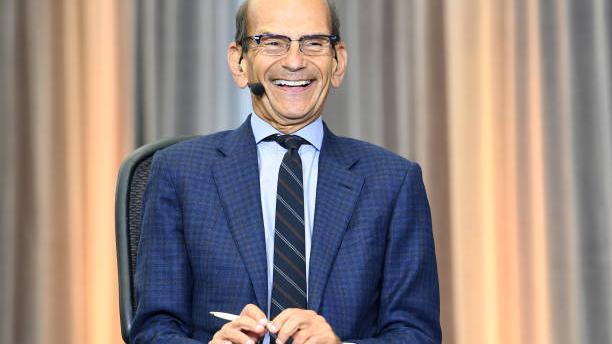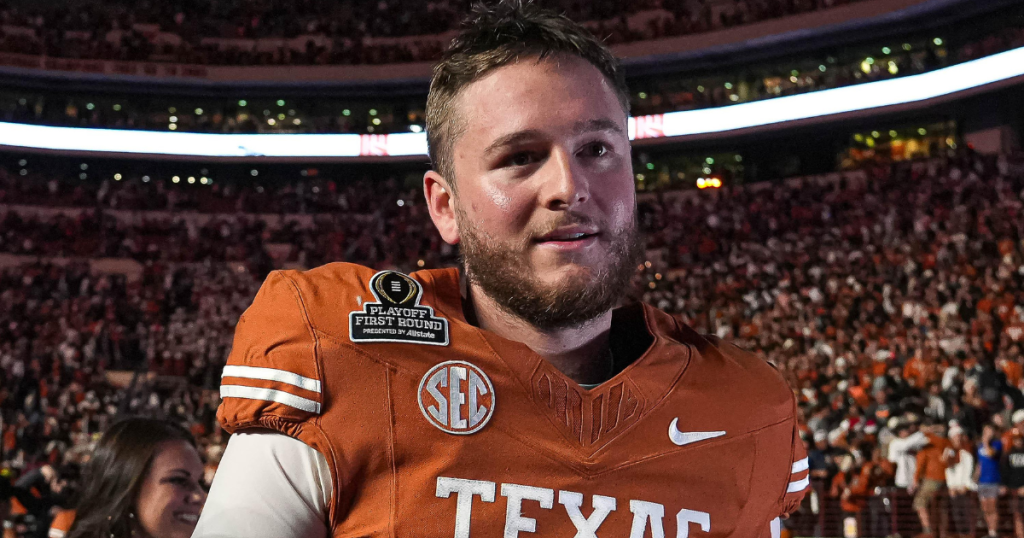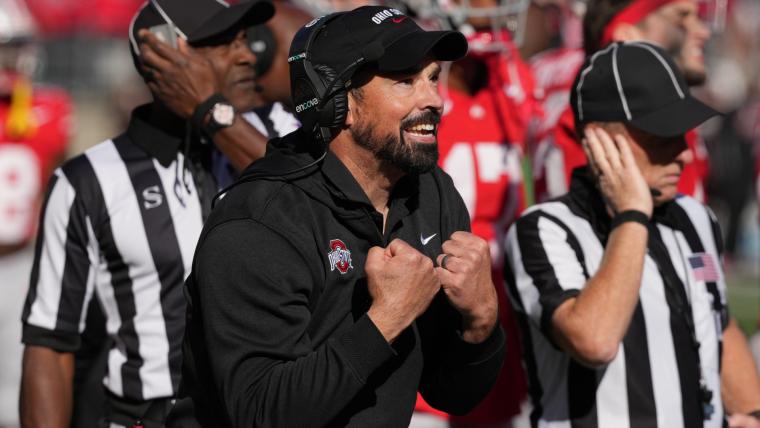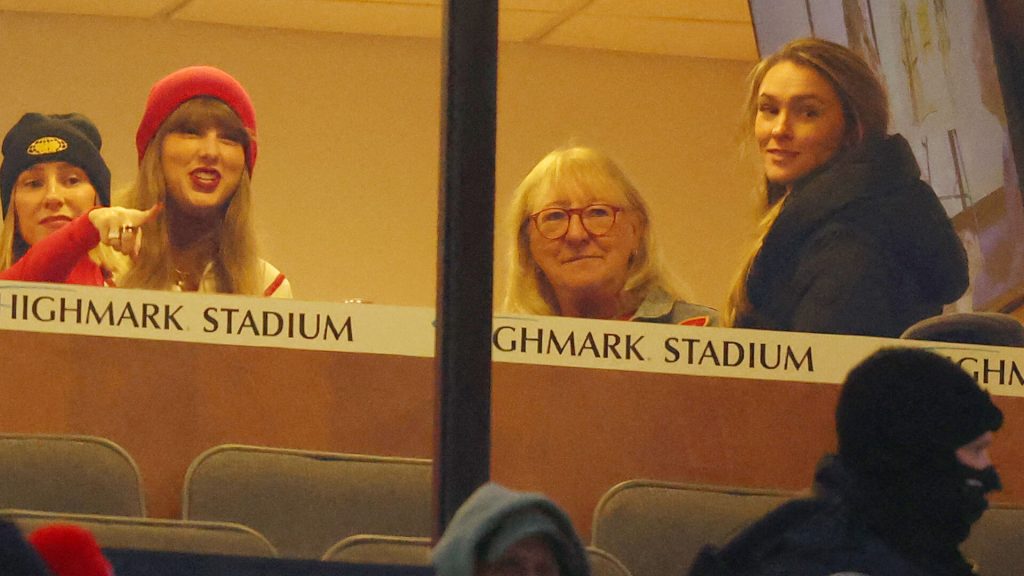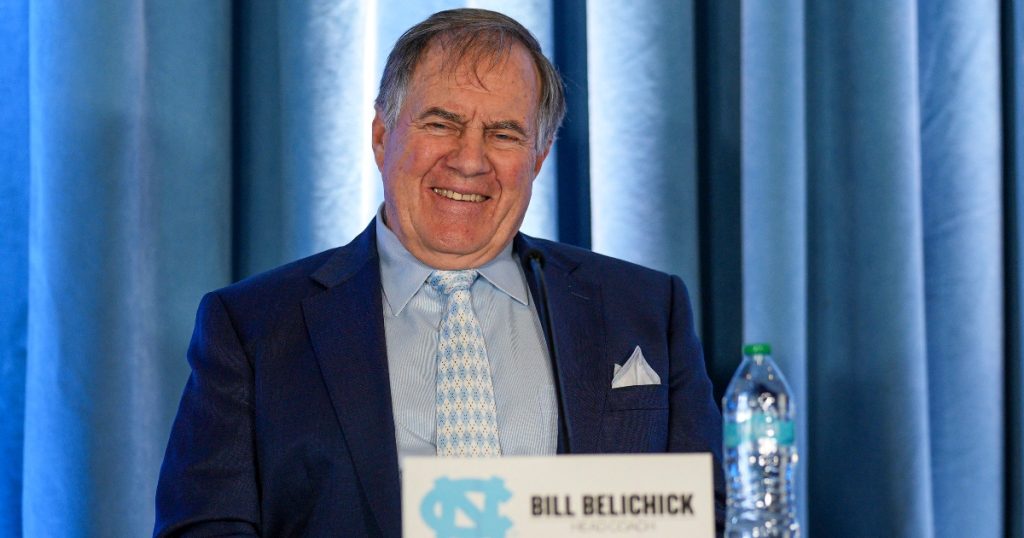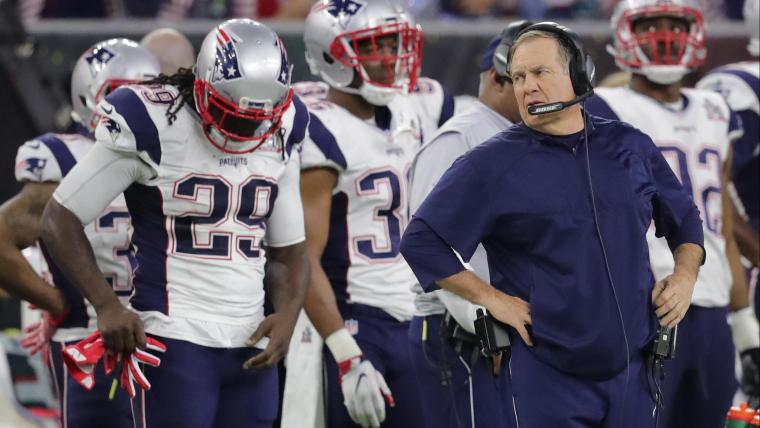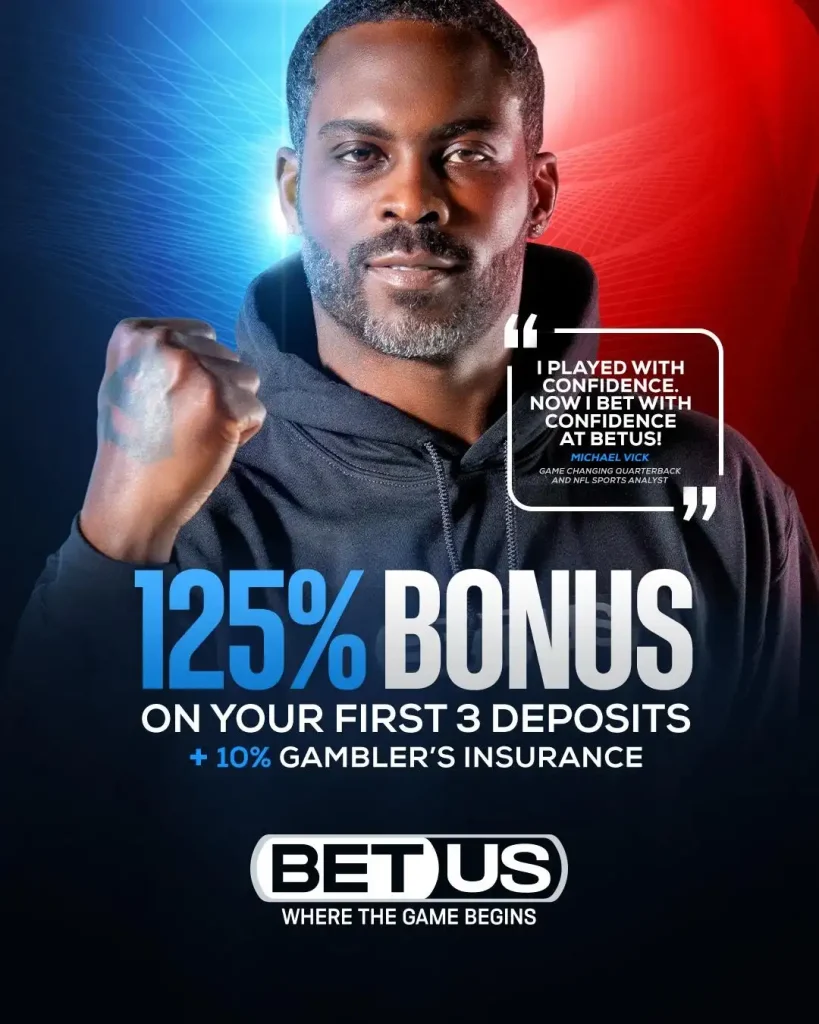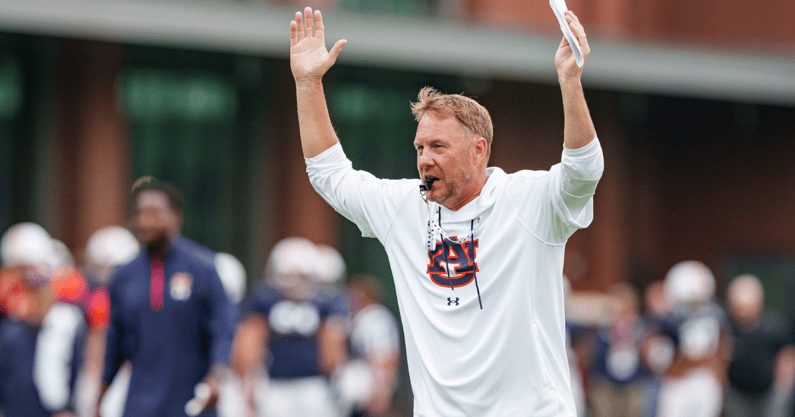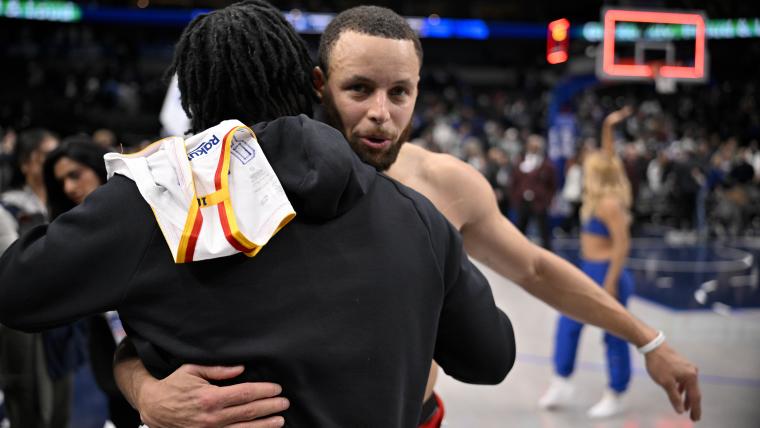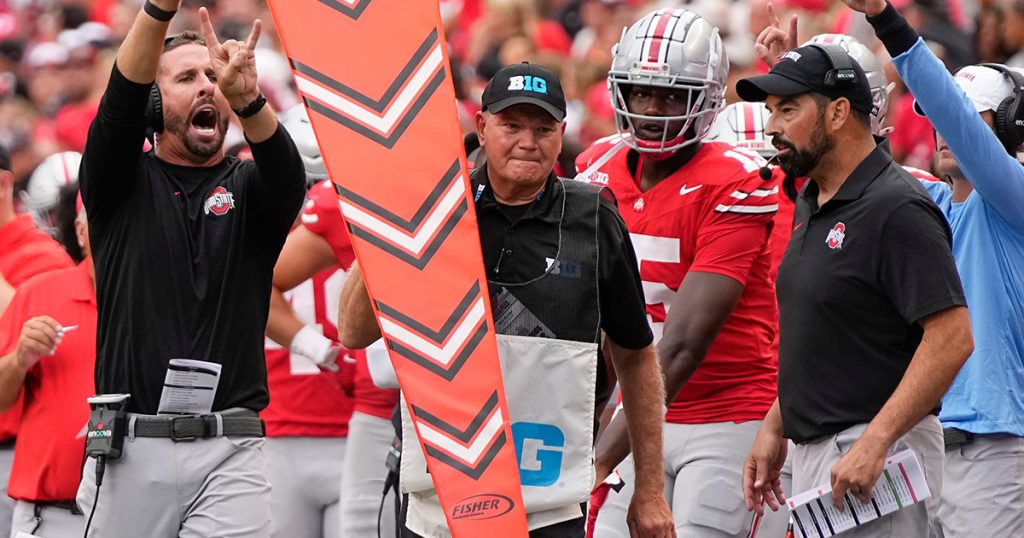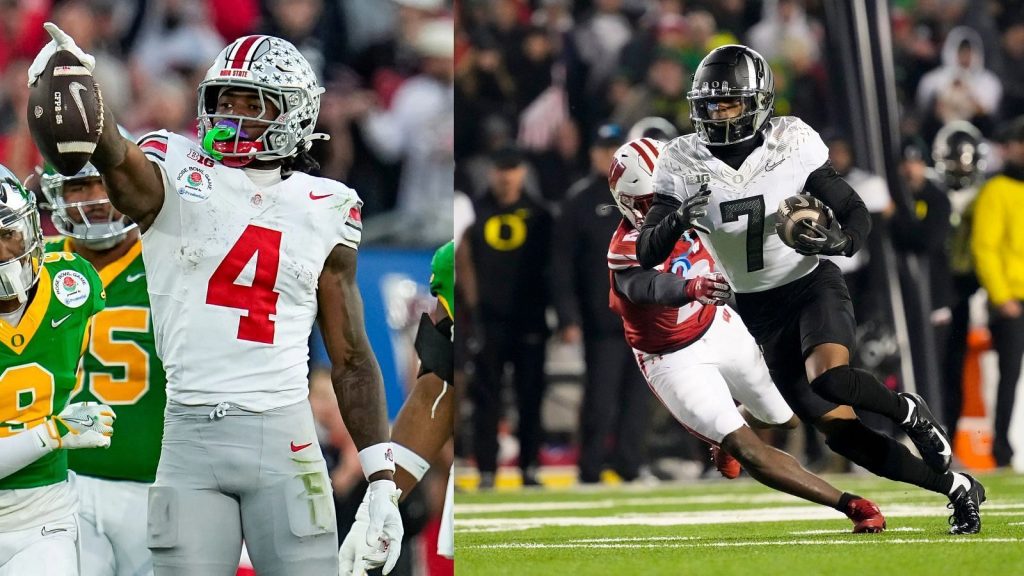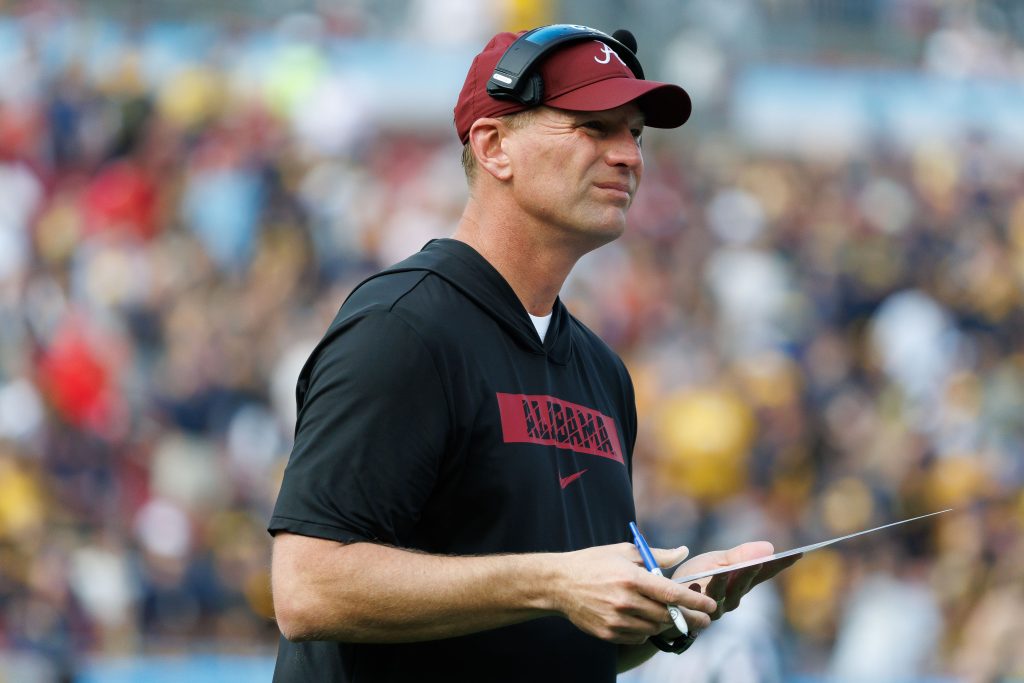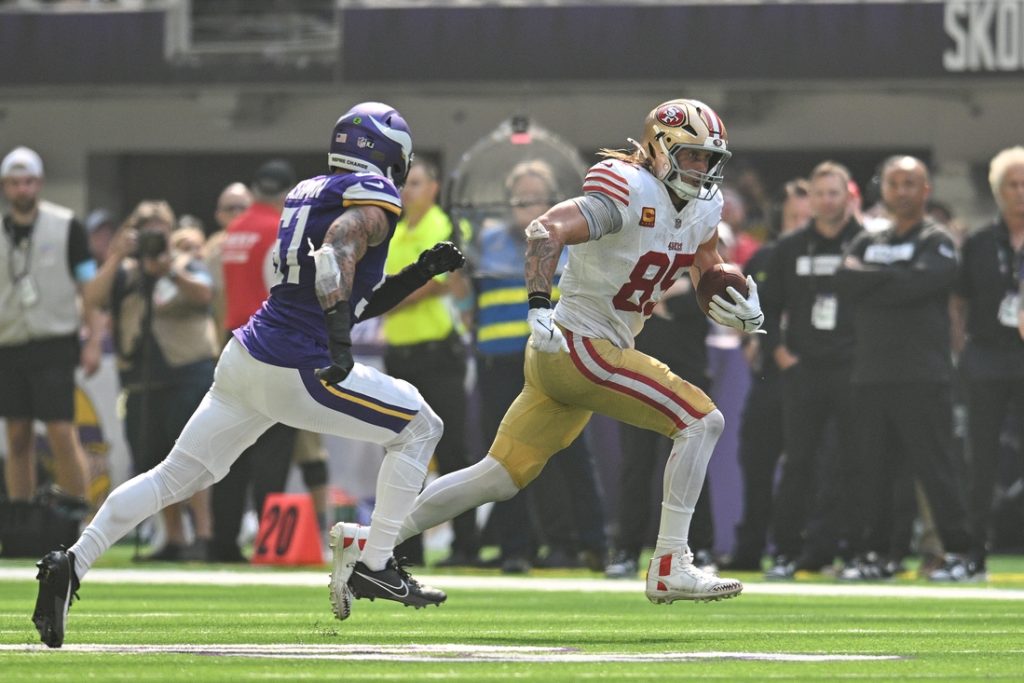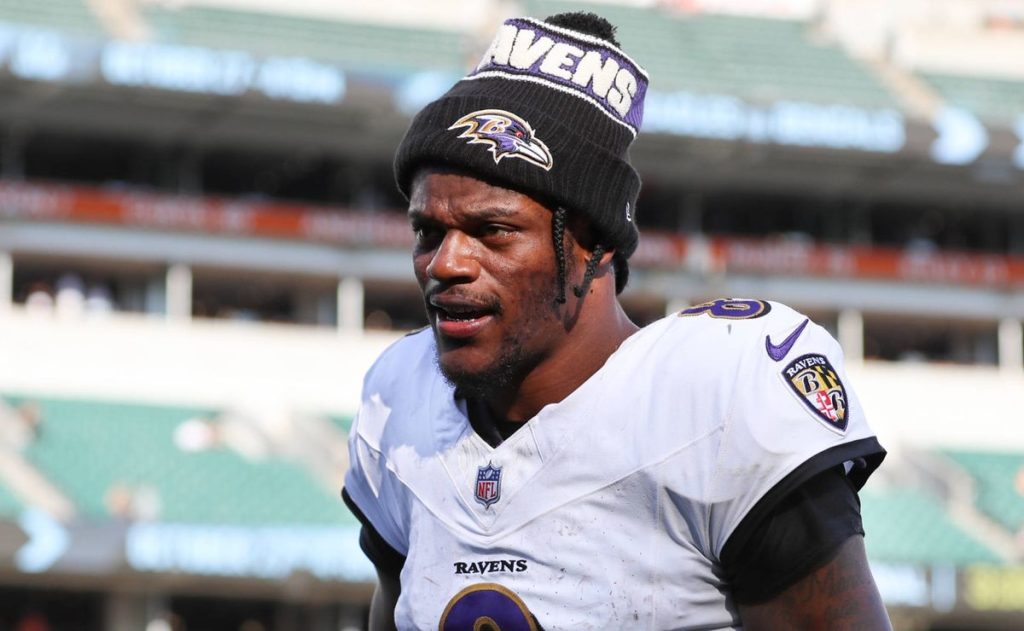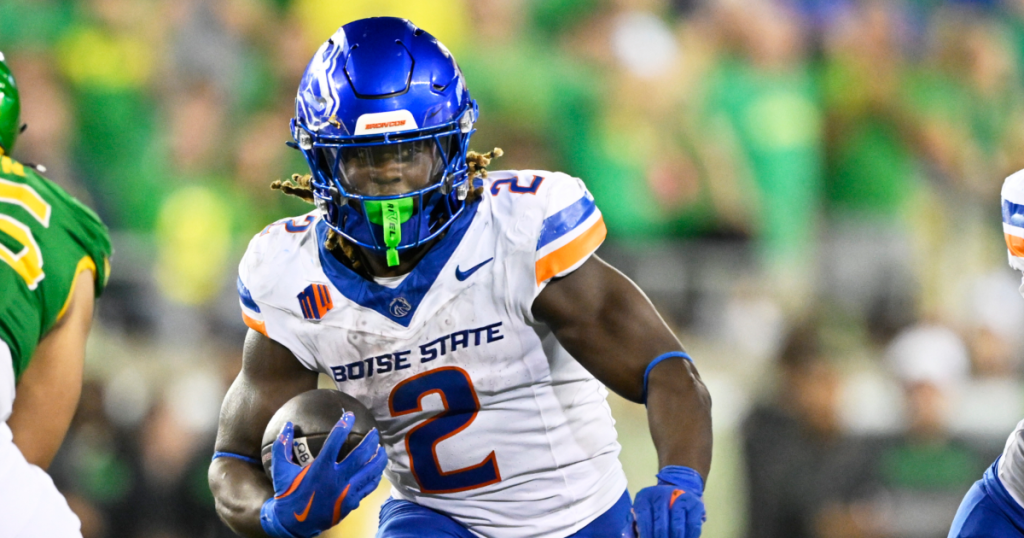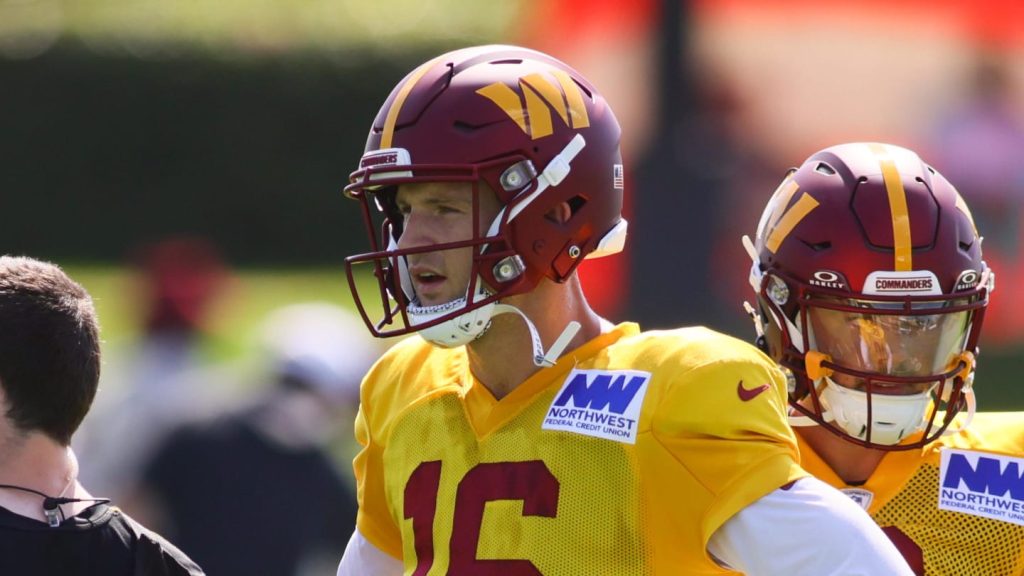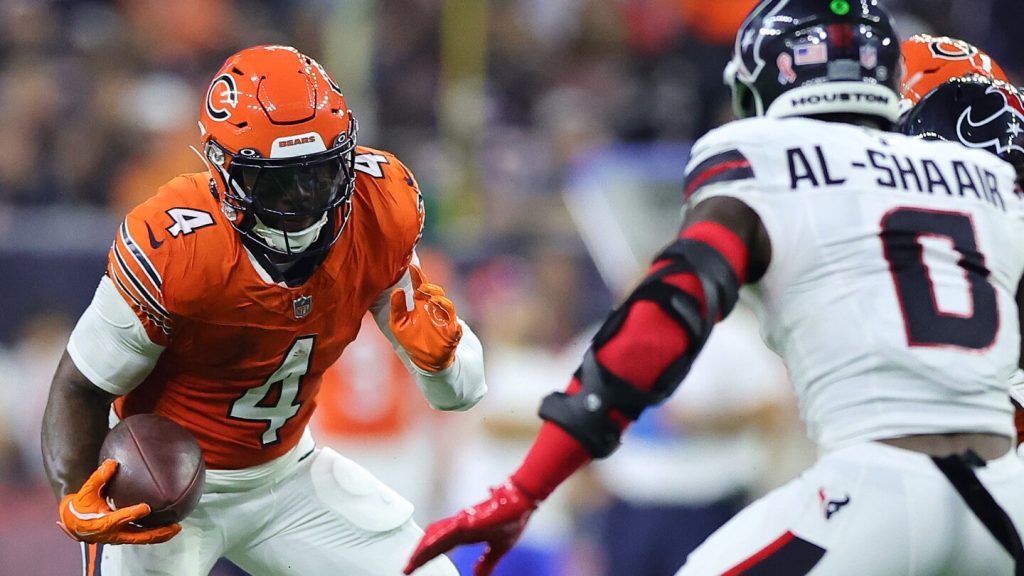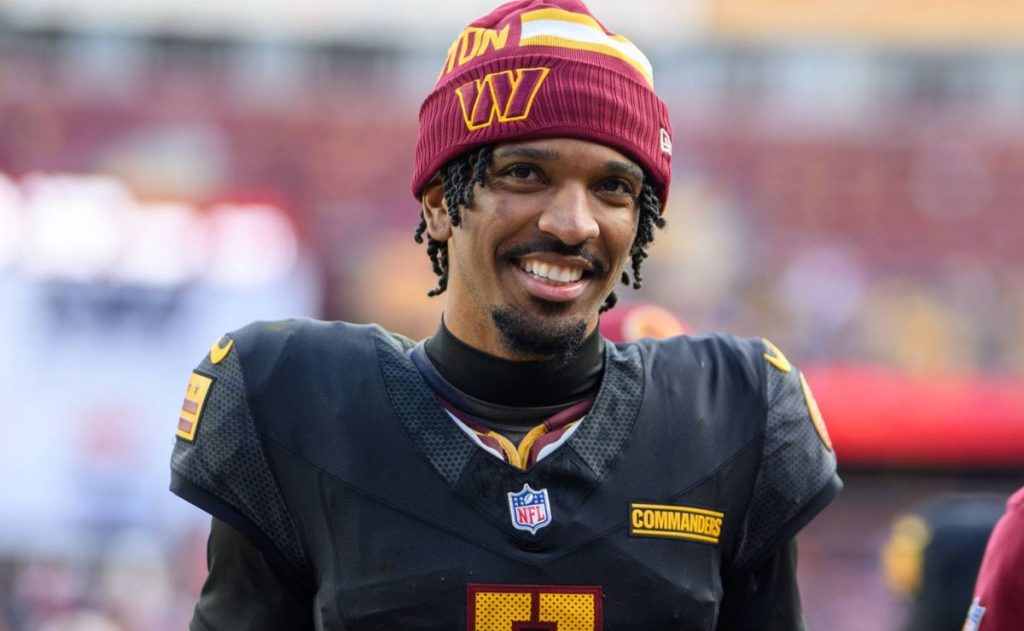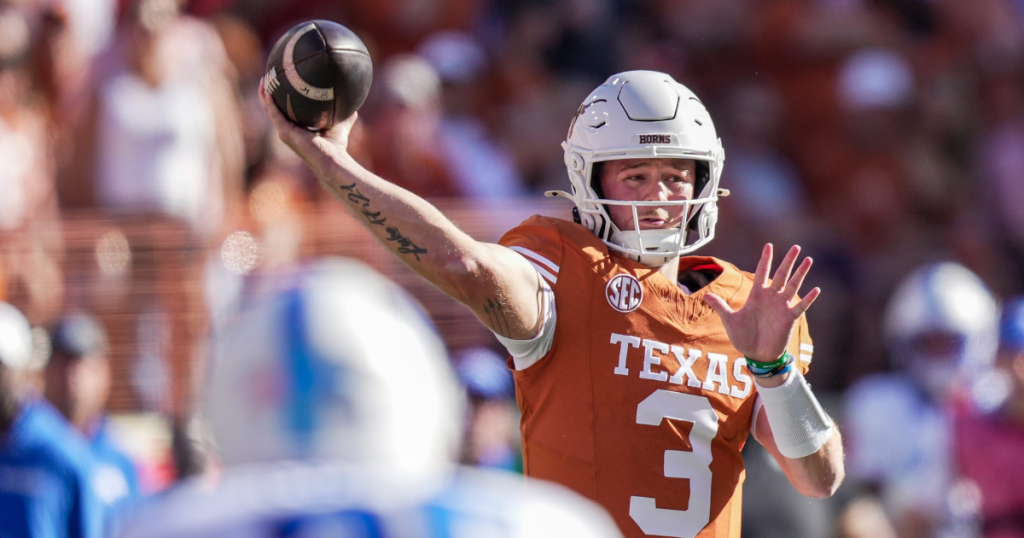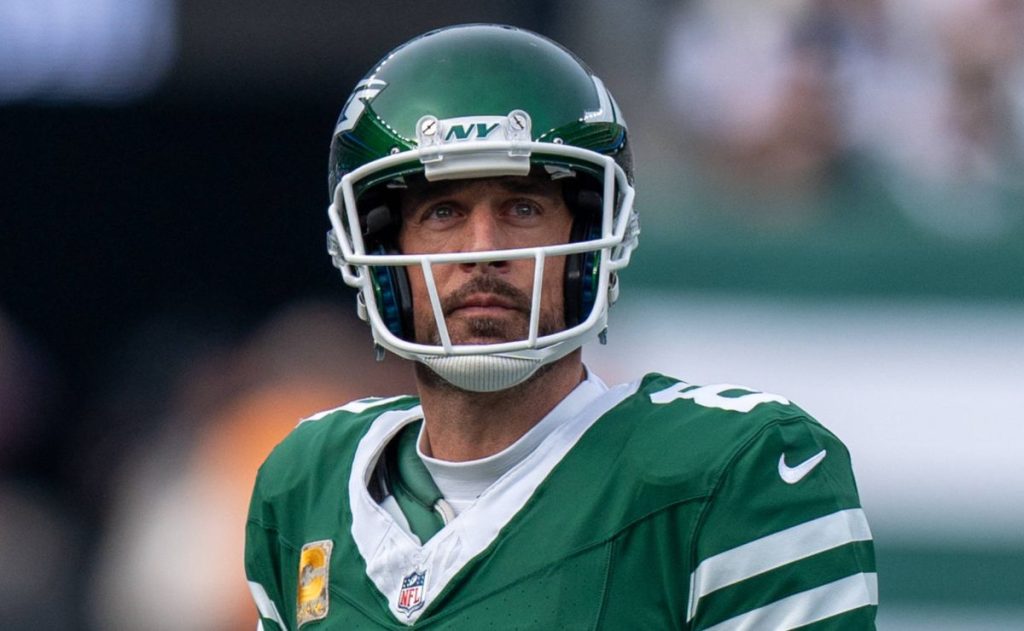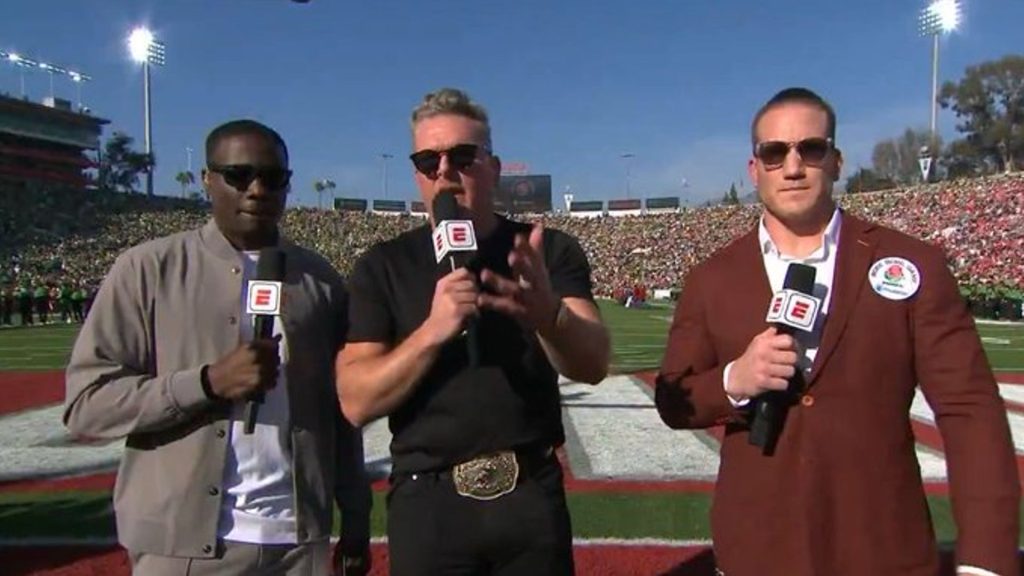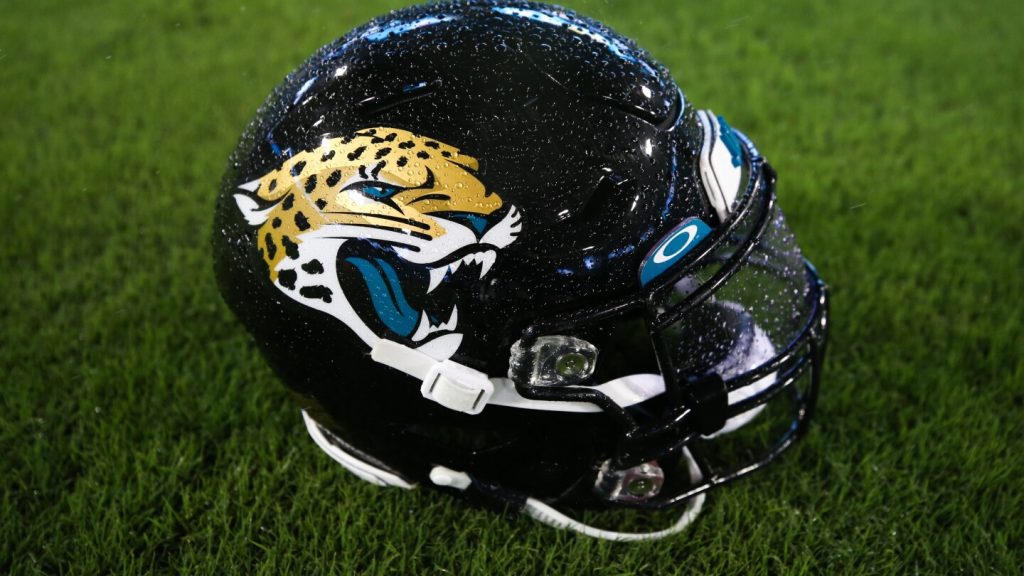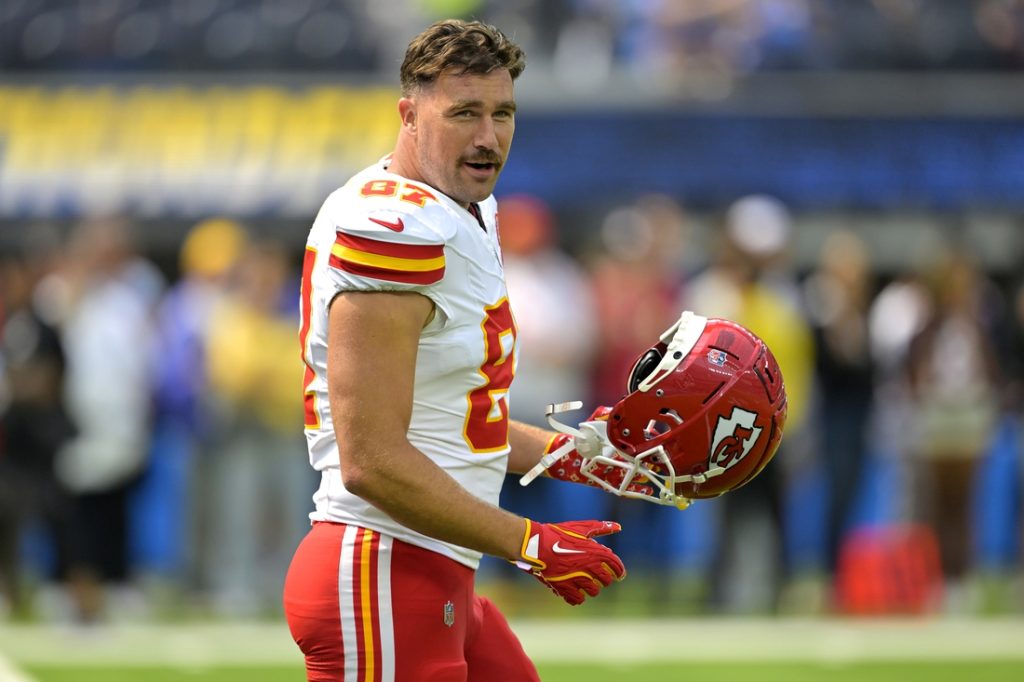Despite his well-known allegiance to college football, ESPN’s Paul Finebaum has come to a sobering realization: the sport he loves may never reach the same heights of popularity as the NFL. This revelation came during his recent appearance on “McElroy and Cubelic in the Morning,” where he shared his insights as the college football off-season kicks off.
College Football’s Struggle for Dominance
Finebaum’s perspective is both candid and critical. He stated, “I don’t think it is possible,” when discussing the likelihood of college football overtaking the NFL in popularity. The crux of his argument lies in the unity that the NFL enjoys. “The one thing The NFL has going for it that college football doesn’t is everyone is rowing the boat in the same direction. Why? Because they have brilliantly been able to make sure that every single network that matters is all in.”
The Power of Unified Broadcasting
When Finebaum refers to “every single network that matters,” he’s talking about the extensive reach of the NFL across major platforms. The NFL broadcasts on networks like CBS, NBC, and FOX, as well as streaming services such as Netflix, Peacock, Disney/ESPN+, and Prime Video. This widespread visibility creates a cohesive viewing experience for fans. In contrast, college football is primarily represented by ESPN and FOX, along with a few smaller players like the Big Ten Network and SEC Network. This fragmented approach, according to Finebaum, makes it difficult for college football to present a united front.
“Everybody’s got a different approach. Everybody’s got a different philosophy. Nobody works together,” Finebaum lamented. This lack of cohesion is a significant hurdle for college football as it attempts to gain ground against the NFL’s overwhelming popularity.
Potential Collaboration Between Leagues
Finebaum believes that the SEC and Big Ten, the two most powerful conferences in college football, could benefit from a strategic partnership with NFL Commissioner Roger Goodell. “I think somewhere along the way, and I don’t know how [SEC commissioner] Greg Sankey and [Big Ten commissioner] Tony Petitti could do it — because those right now are the two controlling entities in college football — they have to sit down with Roger Goodell and strike some sort of accommodation because I think Goodell is a college football fan,” Finebaum suggested.
This potential collaboration could lead to a more harmonious relationship between college and professional football, ultimately enhancing the viewing experience for fans of both leagues. Imagine a scenario where scheduling conflicts are minimized, allowing fans to enjoy games from both leagues without missing out on key matchups!
Scheduling Conflicts and Their Impact
Finebaum also pointed out that the NFL’s scheduling of Saturday games before Christmas was a premeditated strategy. However, the College Football Playoff and ESPN’s reluctance to adjust their schedules for opening-round playoff games—like Penn State vs. SMU and Texas vs. Clemson—has created unnecessary conflicts. The NFL’s presence on Saturdays has forced college football to navigate around its schedule, which could be detrimental to fan engagement.
“Finebaum clarified that the reasoning behind the NFL scheduling Saturday games before Christmas was always the plan,” he noted. This ongoing clash highlights the need for both leagues to find a way to coexist more effectively.
College Football’s Path Forward
While Finebaum acknowledges that college football is making strides, he emphasizes that it still has a long way to go. “College football may be catching up, but it isn’t yet there.” The sport must find a way to unify its broadcasting efforts and develop a cohesive strategy that aligns with the NFL’s model.
The reality is that college football has immense potential. With passionate fans, storied traditions, and a deep-rooted culture, the sport has everything it needs to thrive. However, without a unified approach, it risks being overshadowed by the NFL’s dominance.
Looking Ahead: A Shared Future?
As the college football landscape continues to evolve, the question remains: can college football and the NFL coexist in a way that benefits both? With the right leadership and a willingness to collaborate, there is a path forward. Finebaum’s insights serve as a wake-up call for college football stakeholders to consider how they can work together to enhance the sport’s visibility and appeal.
In the end, both college and professional football share a common goal: to provide fans with the best possible viewing experience. By fostering collaboration and understanding, perhaps these two giants of the gridiron can find a way to coexist, ultimately enriching the experience for fans across the nation. The future of football, both college and pro, may depend on it.

